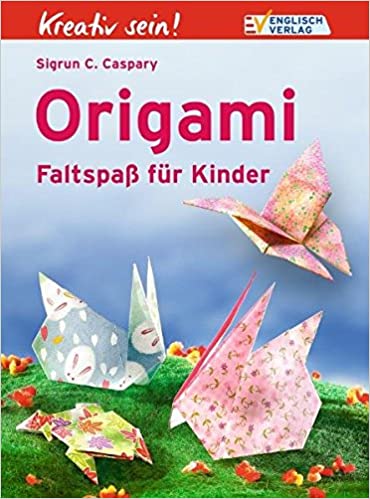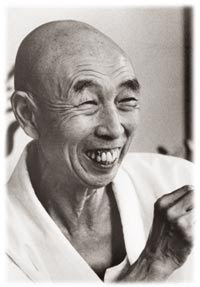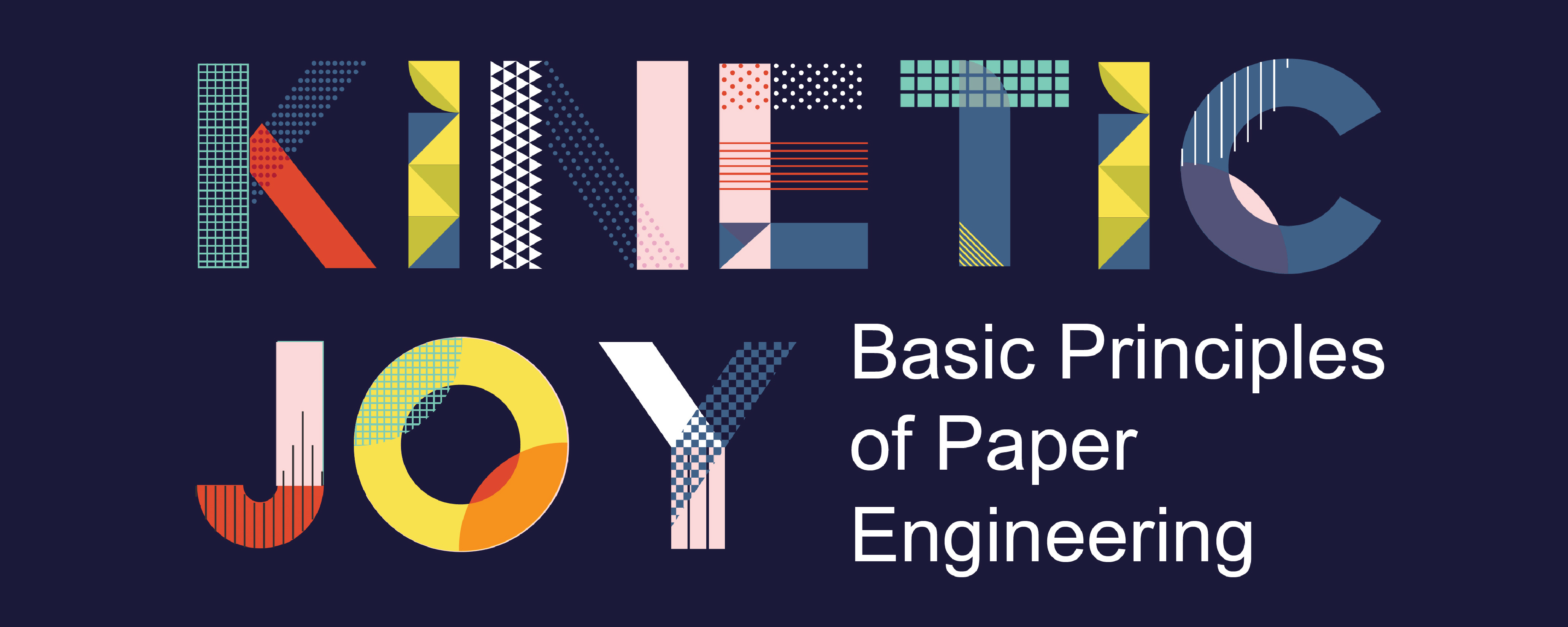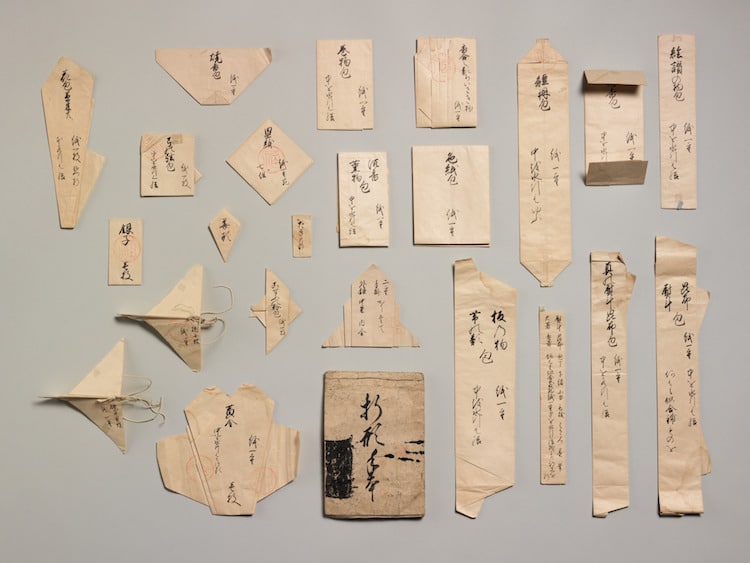
(text and background only visible when logged in)
Onna Chohoki (Women's Treasury) 1692
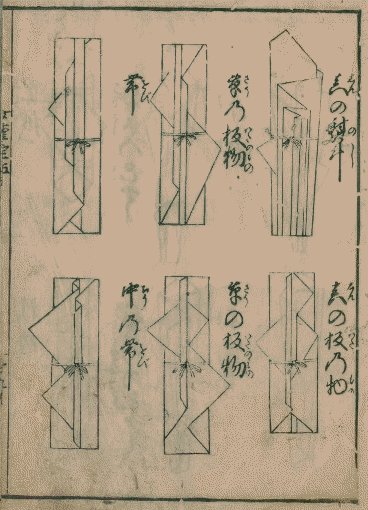
(text and background only visible when logged in)
The origins of orikata can be traced back to ancient Japan. Orikata, meaning folded shapes, were a vital skill for aristocrats and high ranking soldiers in Japan. Several styles of formal gift/ritual wrappings were developed for such things as money, poetry, and fans.
Origami is derived from two Japanese words, Ori (folded) and Kami (paper). The transition from the term orikata to origami came into use in 1880. This ancient Japanese art of folding paper has become increasingly complex over the years. The applications for origami principles have expanded into furniture design, home decor, architecture, installation art, robotics design, engineering, and medical solutions.
(text and background only visible when logged in)
(text and background only visible when logged in)
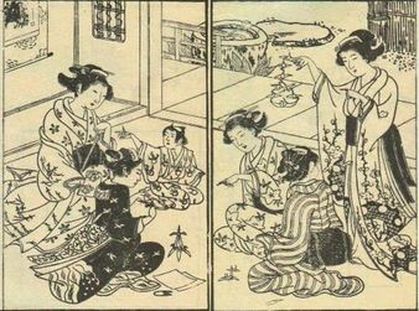
(text and background only visible when logged in)
(text and background only visible when logged in)
Although there is no concrete evidence of origami existing before 1600, a reference to origami butterflies in a poem from 1680 suggests that it was an established artform with much older origins. Two of the earliest known books featuring written instructions for origami are Tsutsumi-no Ki by Sadatake Ise (1764) and Sembazuru Orikata by Akisato Rito (1797). Tsutsumi-no Ki (also called Haketsuki) provided instructions for 13 ceremonial folds and Sembazuru Orikata contained instructions for recreational folding of 49 linked cranes.
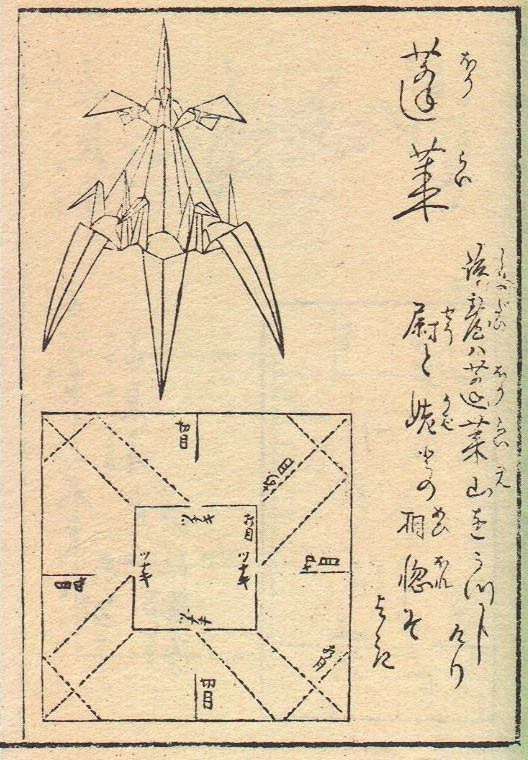
(text and background only visible when logged in)
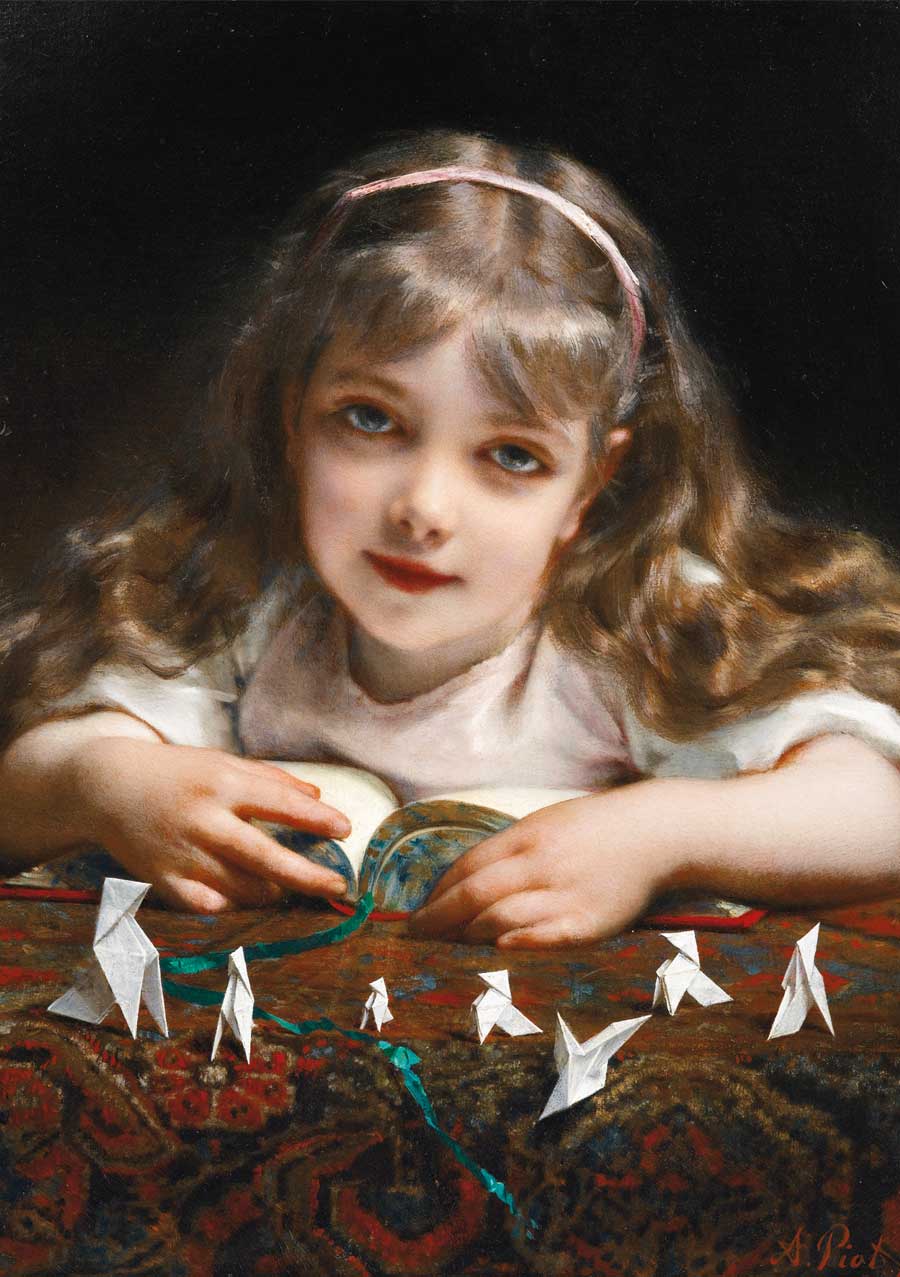
(text and background only visible when logged in)
Due to the expense of paper, origami was originally limited to the privileged class for religious rituals, and formal ceremonies. In the Edo period (1603-1868) origami became more widespread in Japanese society due to the reduced price of washi paper. This gave rise to the cultural practice of formal gift wrappers (noshi) along with envelopes/paper purses (tato), and letter folds for a larger population of society. With the end of Sakoku “closed country” (the isolationist foreign policy of Japan) in 1853, origami practitioners began to incorporate Western napkin- folding patterns, patenbriefs (folded certificates), and German kindergarten paper folding pedagogy as foreign influences were introduced.
(text and background only visible when logged in)
(text and background only visible when logged in)
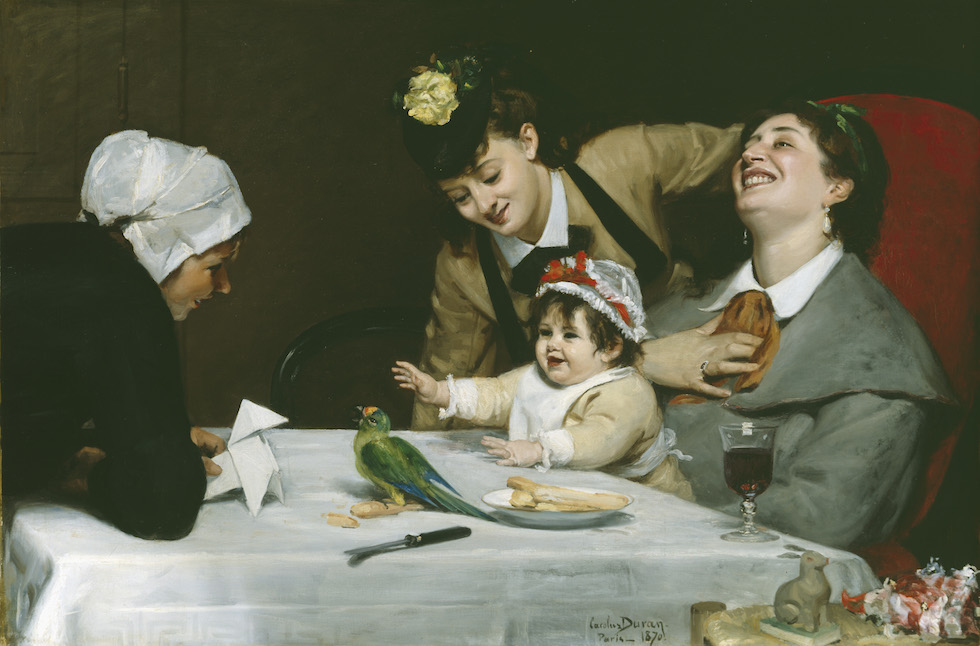
(text and background only visible when logged in)
Invention of Modern Origami
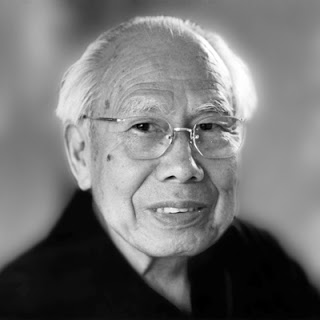
Akira Yoshizawa (1911-2005)
Akira Yoshizawa was the father of modern origami. He inspired a national and international interest in the art of origami. Yoshizawa developed the current standard for diagraming origami instructions and designed countless patterns. He avoided the accepted cutting techniques used in traditional origami and developed a wet folding technique which rendered softer more naturalistic lines. Yoshizawa published ”Origami Tokuhon” in 1957 which brought him great renown. He published many more books thereafter and later served as a cultural ambassador for Japan. In 1983 he received the honor of Japan’s Order of the Rising Sun.
(text and background only visible when logged in)
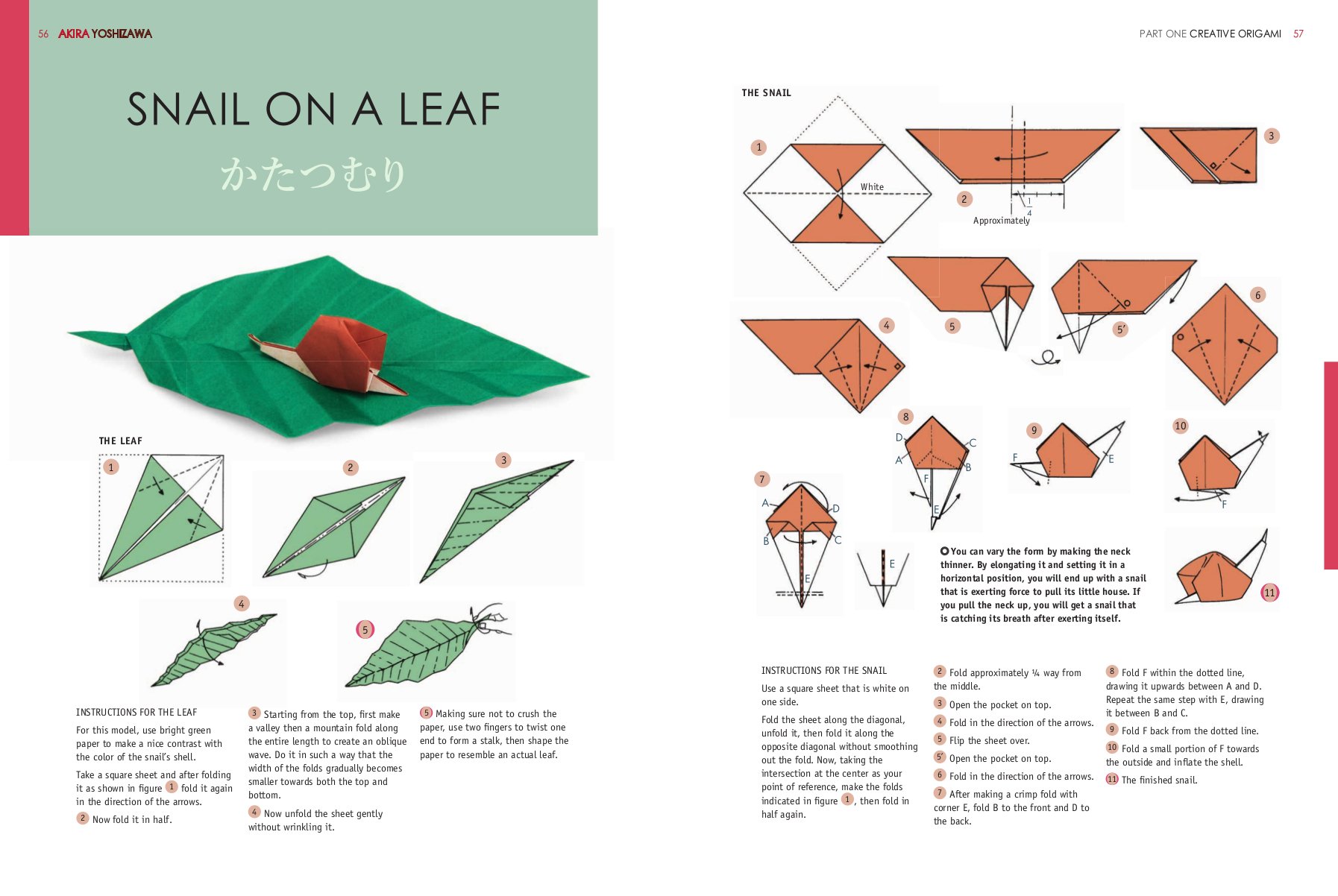
(text and background only visible when logged in)
Kosho Uchiyama (1912-1998)
Kosho Uchiyama was a Buddhist priest and origami master from Japan. He published ”Origami Zukan” a children’s instructional book for origami in 1958. Unlike the standard today, Uchiyama’s book allowed for some cutting. He went on to publish several more books of origami, following in the footsteps of his father Michio Uchiyama who also wrote several origami books. Though Kosho Uchiyama’s folds were not as elegant as Akira Yoshizawa, he was considered contemporary rival of Yoshizawa. Like Uchiyama, his books were translated and shared with international audiences.
Uchiyama Book Cover
